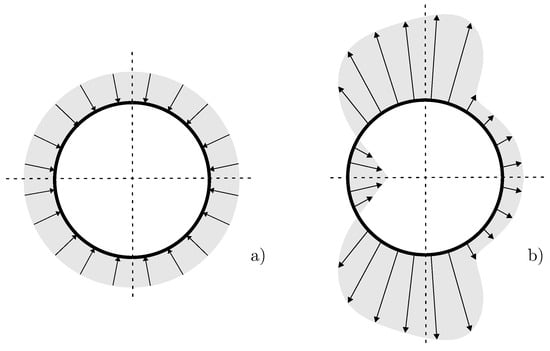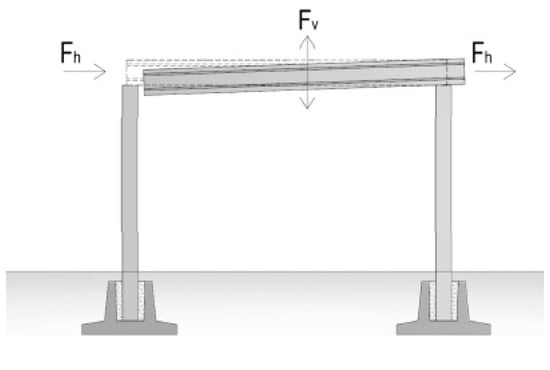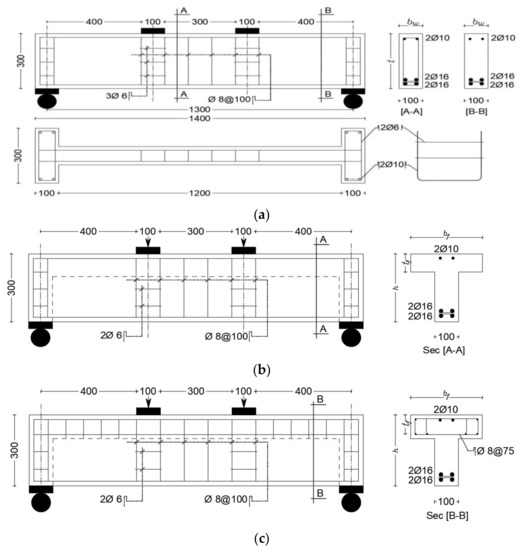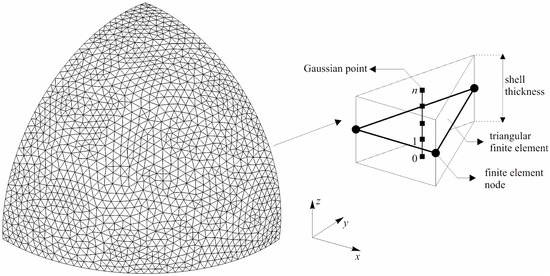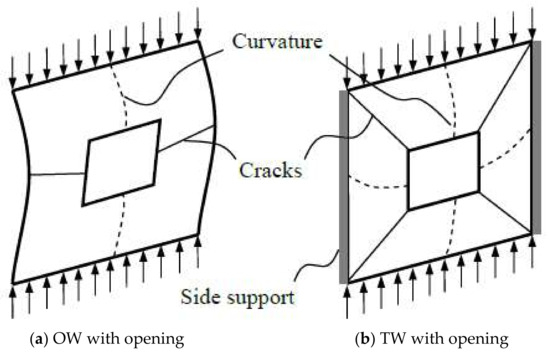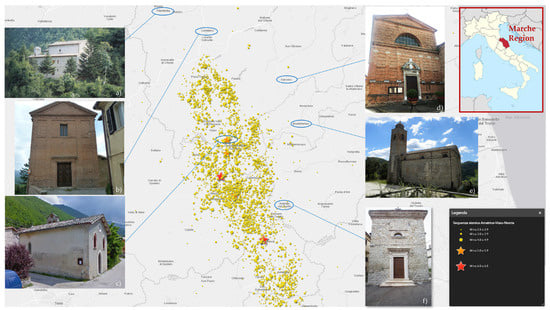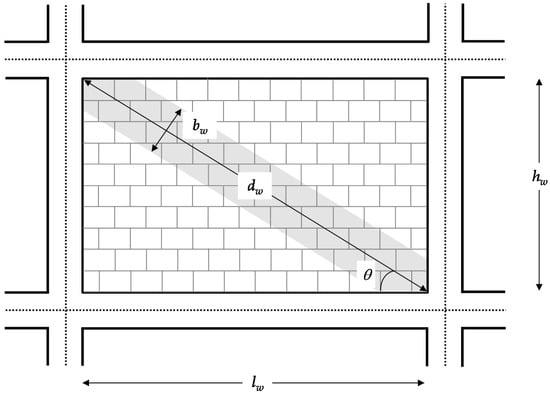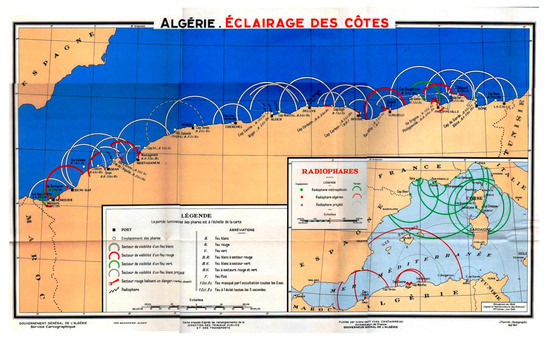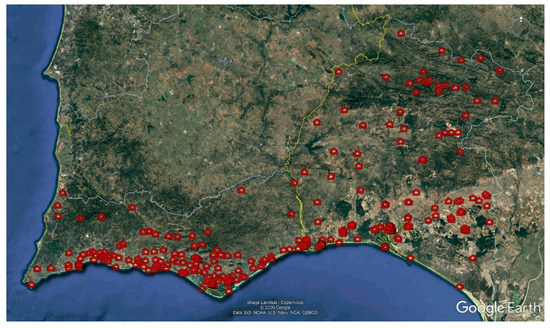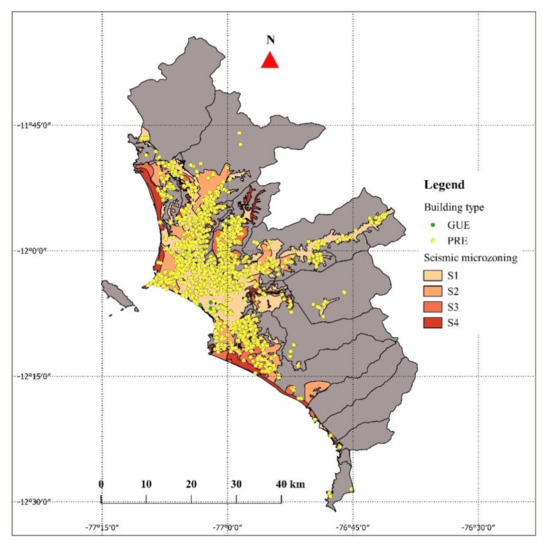Non-linear Modelling and Analysis of Buildings
A topical collection in Buildings (ISSN 2075-5309). This collection belongs to the section "Building Structures".
Viewed by 37597Editors
Interests: nonlinear modeling and analysis of RC buildings; seismic vulnerability for building classes; post-earthquake assessment and reparability of buildings
Interests: infilled frames; pushover; seismic capacity; frame-infill interaction; retrofit; FRP; brittle failure; joints
Topical Collection Information
Dear Colleagues,
In modern society, there is growing attention towards safety and sustainability of constructions; therefore, building performance estimation has to rely on advanced analysis methods, suitably accounting for possible nonlinear behavior.
The increased knowledge and modeling features for materials and structures, as well as the availability of more reliable analysis tools and software, encourage the adoption of refined nonlinear models towards the static and/or dynamic analysis of single structures, local and global damage assessment, and vulnerability studies.
On the other hand, simplified modeling approaches, such as limit analysis or the adoption of equivalent SDOF or MDOF systems, are useful for sensitivity studies or when large building portfolios have to be analyzed.
Considering these aspects, this Topical Collection aims at stimulating the exchange of ideas and knowledge on the nonlinear modeling and analysis of buildings. Original contributions describing new research, case studies, and applications or state-of-the-art discussion on the following and related topics are welcome:
- Nonlinear modeling of bare or infilled RC frames, shear walls or dual systems; steel or masonry buildings; structural elements or sub-assemblages;
- Advanced/simplified models for estimating the performance of structural systems during earthquakes, wind or blasts; nonlinear soil–structure interaction;
- Finite element modeling, macro- and micro-modeling approaches; local interaction between structural and nonstructural components; validation of existing and new models to the simulation of structures; experimental calibration;
- Nonlinear modeling, analysis, and simulation over the range of structural response from damage to collapse; definition of element and building collapse criteria.
Dr. Maria Polese
Dr. Marco Gaetani d'Aragona
Collection Editors
Manuscript Submission Information
Manuscripts should be submitted online at www.mdpi.com by registering and logging in to this website. Once you are registered, click here to go to the submission form. Manuscripts can be submitted until the deadline. All submissions that pass pre-check are peer-reviewed. Accepted papers will be published continuously in the journal (as soon as accepted) and will be listed together on the collection website. Research articles, review articles as well as short communications are invited. For planned papers, a title and short abstract (about 100 words) can be sent to the Editorial Office for announcement on this website.
Submitted manuscripts should not have been published previously, nor be under consideration for publication elsewhere (except conference proceedings papers). All manuscripts are thoroughly refereed through a single-blind peer-review process. A guide for authors and other relevant information for submission of manuscripts is available on the Instructions for Authors page. Buildings is an international peer-reviewed open access monthly journal published by MDPI.
Please visit the Instructions for Authors page before submitting a manuscript. The Article Processing Charge (APC) for publication in this open access journal is 2600 CHF (Swiss Francs). Submitted papers should be well formatted and use good English. Authors may use MDPI's English editing service prior to publication or during author revisions.
Keywords
- Advanced nonlinear modeling
- Simplified nonlinear modeling
- Nonlinear response history analysis
- Nonlinear static pushover
- Numerical model calibration
- Limit analysis
- Local interaction
- Performance evaluation






